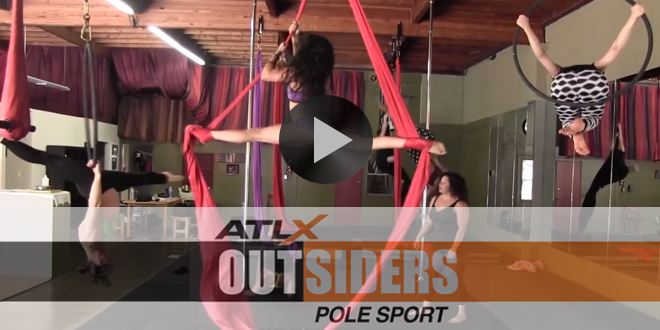By: Aaron Fischman
Sports Drinks
If you’ve somehow managed to avoid seeing any of the countless Gatorade commercials, I salute you. But more than likely, you have, and the overarching message they convey is correct: drinks like Gatorade fuel athletes, especially endurance runners who must expend a tremendous amount of energy over a sustained period of time. A 12-ounce bottle of Gatorade, Powerade and Accelerade each provides 21 grams of carbohydrates, along with water and electrolytes to get you up and running.
Be cautious with your sports drink consumption, however, because each drink also holds 20 grams of sugar. For that reason, only drink these products during runs or immediately before or after.
Bananas
Bananas should be one of your very good friends, particularly before or after a run. Not only are they easy to eat and digest, but they’re also an excellent source of numerous nutrients, including manganese, soluble fiber, vitamin C and potassium, among others. One NLEA-sized serving (approximately 7.5-8.5 inches) yields just shy of 30 carbohydrates. All you have to do is peel away and enjoy. One final note: If possible, it’s preferable to accompany your post-run banana with some form of protein to promote muscle recovery.
Brown Rice
A cup of brown rice provides a carbohydrate punch of 45 grams. Although brown and white rice hold similar amounts of carbohydrates and calories, runners (scratch that…everyone) would be much better off replacing their white rice with the brown variety. The main difference between the two is each food’s nutritional content, with brown rice faring far better. The process that converts brown rice into white rice destroys much of the food’s nutritional value, including 67 percent of its vitamin B3, 80 percent of its vitamin B1, 90 percent of its vitamin B6, 60 percent of its iron, half of its phosphorus and all of its dietary fiber and essential fatty acids.
As a whole grain, as opposed to a refined grain like white rice, brown rice is loaded with fiber, vitamins, minerals and antioxidants.
Because it’s a slow-release sugar, brown rice provides more lasting energy and promotes less fat storage.
A little-known benefit? Just one serving of brown rice (195 grams) provides more than 85 percent of a person’s daily manganese requirements. By comparison, white rice possesses half the amount of manganese.
Whole-Wheat Pasta
Conventional wisdom won’t fail you in this case: Pasta is indeed high in carbs. To be specific, one cup of whole-wheat spaghetti delivers 37 grams of carbs. And much like brown rice, a fellow whole grain, it provides better nutrition and longer-lasting energy than its ordinary counterpart (regular pasta). Whole-wheat pasta also promotes less fat storage, which will surely be beneficial in the long run. On the other hand, regular, white pasta contains only simple sugars and none of its natural fiber. The particulars aren’t as important to remember as long as you know that whole wheat outperforms white virtually all across the board.
Energy Bars
The best energy bar for runners is high in carbs, moderate in protein, and low in fat and fiber.
A Peanut Butter Performance PowerBar is a good example, as it provides 44 grams of carbs, nine grams of protein, four grams of fat and one gram of fiber. Like sports drinks, these should only be consumed before, during or after runs because of their high sugar content. The specific bar mentioned above has a whopping 26 grams of sugar, so don’t use these bars as non-running snacks.
 ATLX The only sports entertainment television and digital media network fully devoted to everyday athletes, athletic lifestyle and athletic culture.
ATLX The only sports entertainment television and digital media network fully devoted to everyday athletes, athletic lifestyle and athletic culture.




